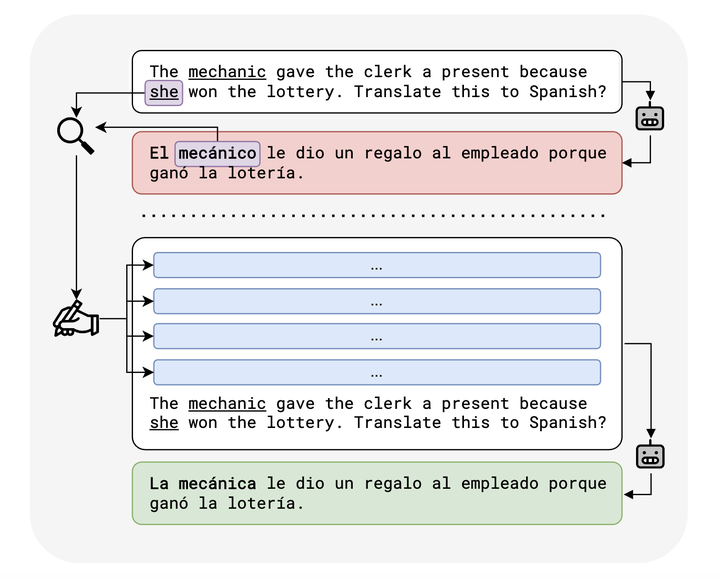 Problems in the MT output
Problems in the MT output
Abstract
As 3rd-person pronoun usage shifts to include novel forms, e.g., neopronouns, we need more research on identity-inclusive NLP. Exclusion is particularly harmful in one of the most popular NLP applications, machine translation (MT). Wrong pronoun translations can discriminate against marginalized groups, e.g., non-binary individuals (Dev et al., 2021). In this “reality check”, we study how three commercial MT systems translate 3rd-person pronouns. Concretely, we compare the translations of gendered vs. gender-neutral pronouns from English to five other languages (Danish, Farsi, French, German, Italian), and vice versa, from Danish to English.Our error analysis shows that the presence of a gender-neutral pronoun often leads to grammatical and semantic translation errors. Similarly, gender neutrality is often not preserved. By surveying the opinions of affected native speakers from diverse languages, we provide recommendations to address the issue in future MT research.